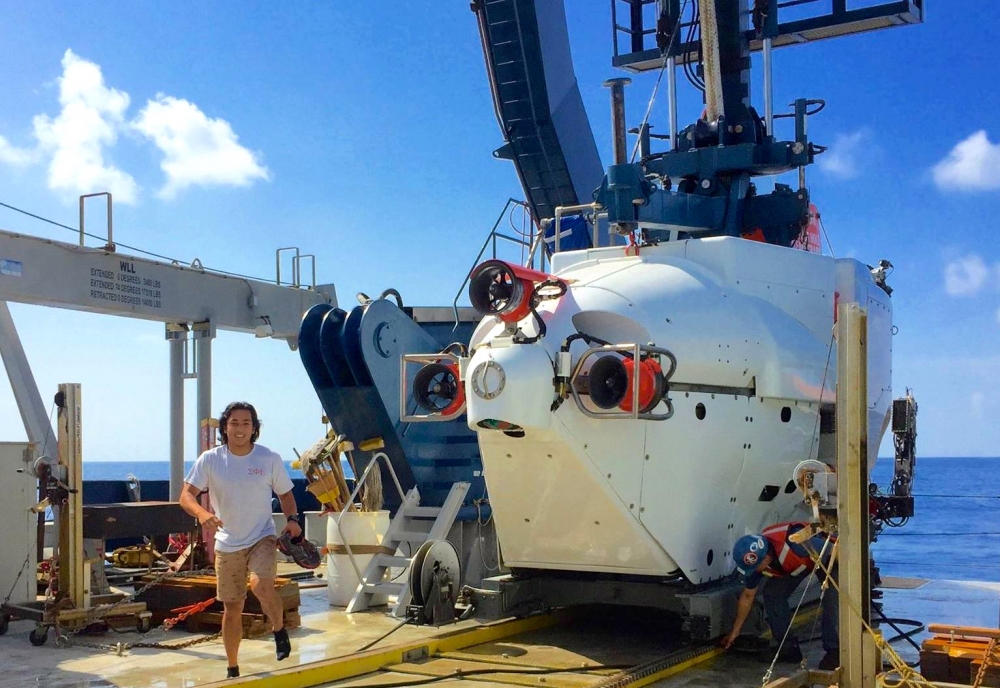
Get SMART

When Justin Tran leaves UC Santa Barbara in June, he will walk away with bachelor’s and master’s degrees — and a job. Not too shabby for a new graduate.
Tran has work waiting for him in southern Mississippi, in the Naval Oceanographic Office (NAVOCEANO) at NASA’s Stennis Space Center, courtesy of the U.S. Department of Defense’s Science, Mathematics And Research for Transformation (SMART) Scholarship for Service program.
Aimed at both undergraduate and graduate students in science, technology, engineering and mathematics (STEM) disciplines, SMART provides a full scholarship: tuition and education-related expenses, an annual stipend, internship support payments and allowances for health insurance and supplies. The trade-off? After graduating, students commit to work for one of the DOD’s sponsoring facilities for the same amount of time they received the scholarship — in Tran’s case, three years.
One of just 13 UC Santa Barbara students ever to have participated in the program, Tran interned for two summers at NAVOCEANO, where he completed operational oceanographic intelligence projects. He spent another summer studying abroad in New Zealand. “As long as the units you are taking in a study-abroad program contribute directly to your degree, and tuition fees are still being paid to your home institution, you can study abroad with SMART,” explained Tran, whose degrees are in earth science.
When Tran begins his full-time job at NAVOCEANO next year, his focus will expand to engineering. He will build on previous projects and learn to work on the oceanographic sensors used for littoral battlespace sensing autonomous underwater vehicles.
Tran applied for the SMART program in his sophomore year. “My research focuses on relating natural seepage of solid, semi-liquid and gaseous hydrocarbons (hydrate, asphalt, methane) to surficial characteristics of the seafloor,” he said. “The bathymetric data I work with are collected with an autonomous underwater vehicle similar to the ones that NAVOCEANO uses, so it ended up being a good fit. It also helped that I had an experience at sea during a research cruise in the Gulf of Mexico, because the job requires a significant amount of travel time.”
The DOD’s SMART program began in 2005. Scholarships are awarded to students pursuing technical degrees in one of 19 STEM disciplines, ranging from aeronautical engineering to physics. Tran’s degrees fall under geoscience and oceanography.
He thinks more STEM students should be made aware of the opportunities afforded by the SMART program. “If your academic goals are defined enough that you can put together what you’re studying with what’s going on in the real world, the SMART program offers tangible possibilities,” Tran said.
According to the SMART website, the program, which aims to increase the number of scientists and engineers in the DOD, is particularly geared to support individuals who demonstrate an aptitude and interest in conducting theoretical and applied research. As such, the program targets “hand-on-the-bench” researchers and engineers.
Any student who has a strong interest in working for the DOD as a civilian research scientist or engineer should submit a SMART program application online by 5 p.m. EST on Friday, Dec. 1, 2017.



